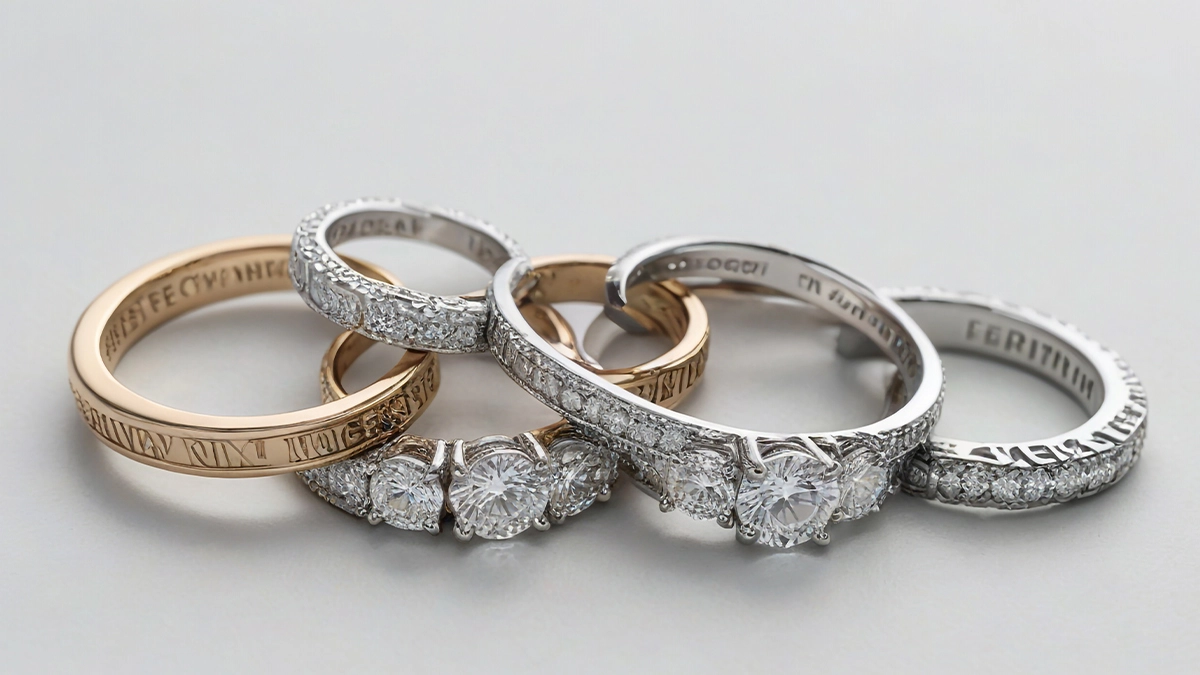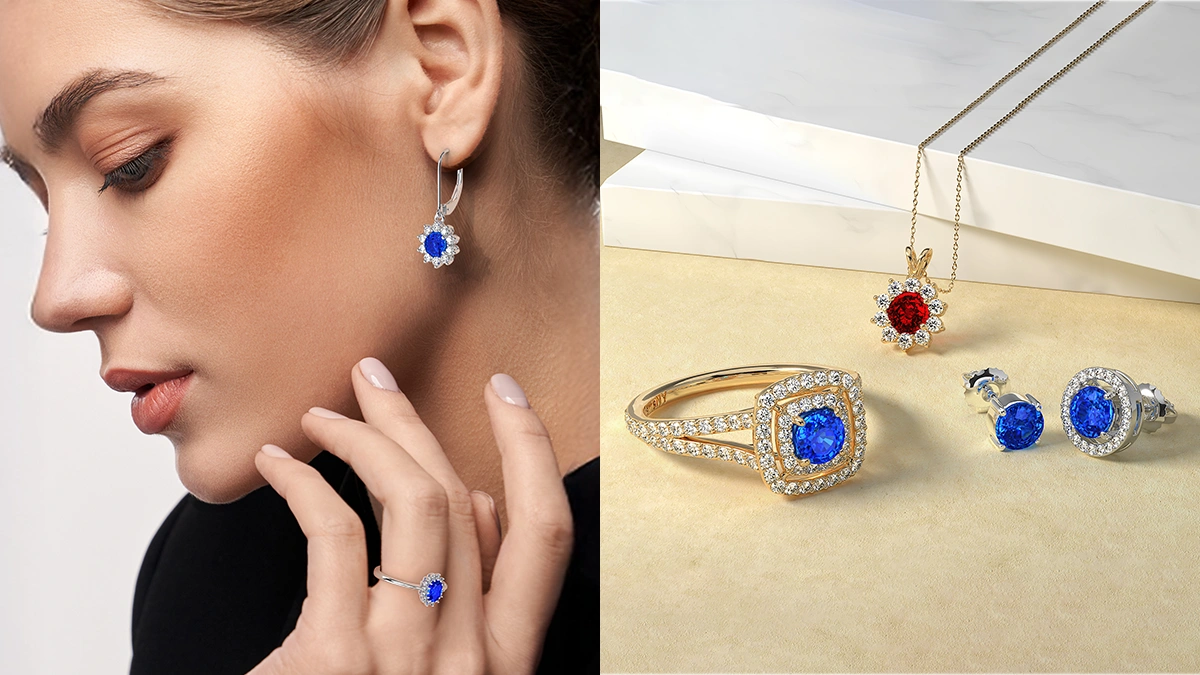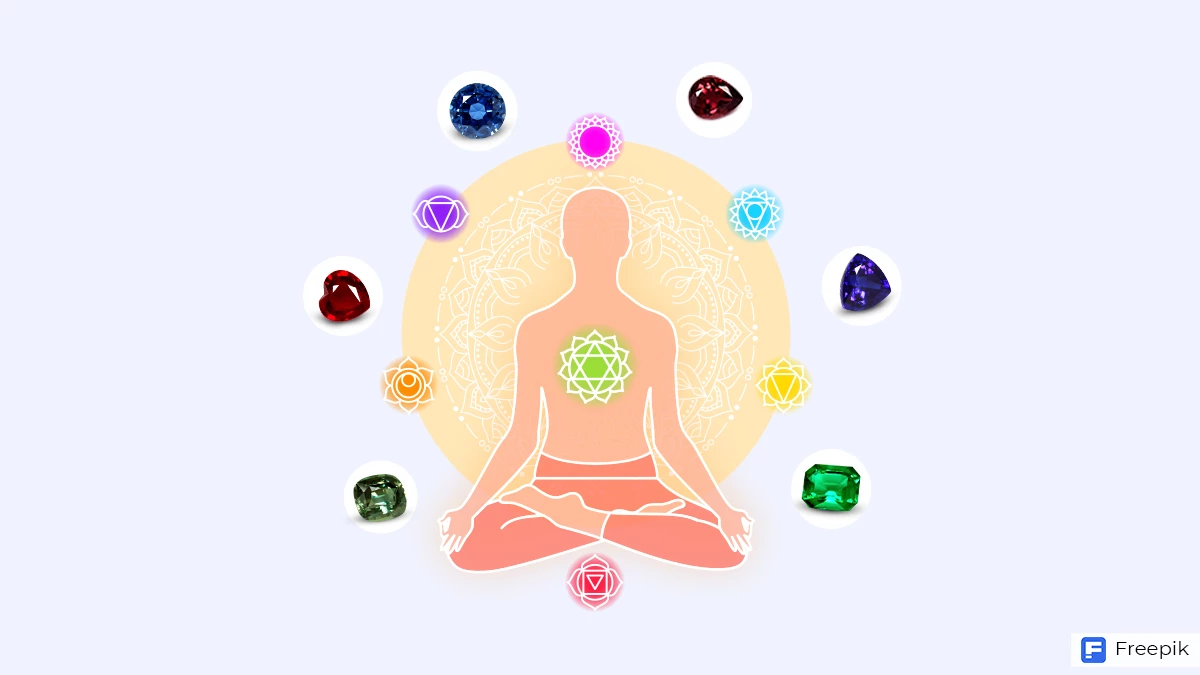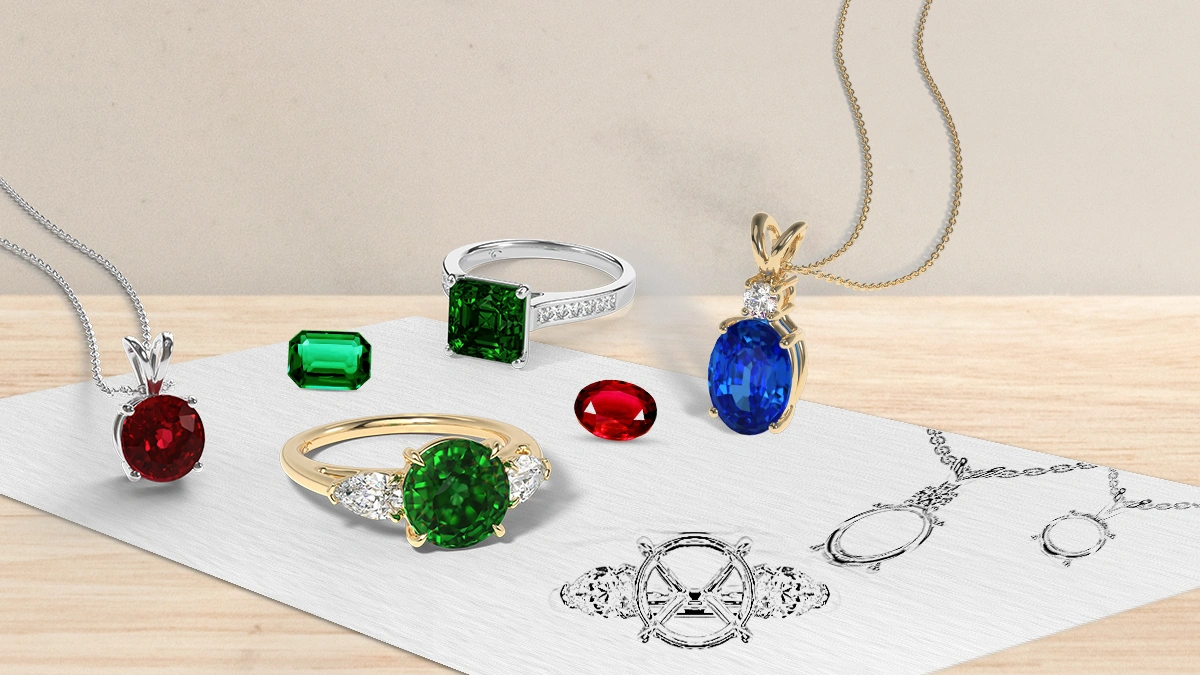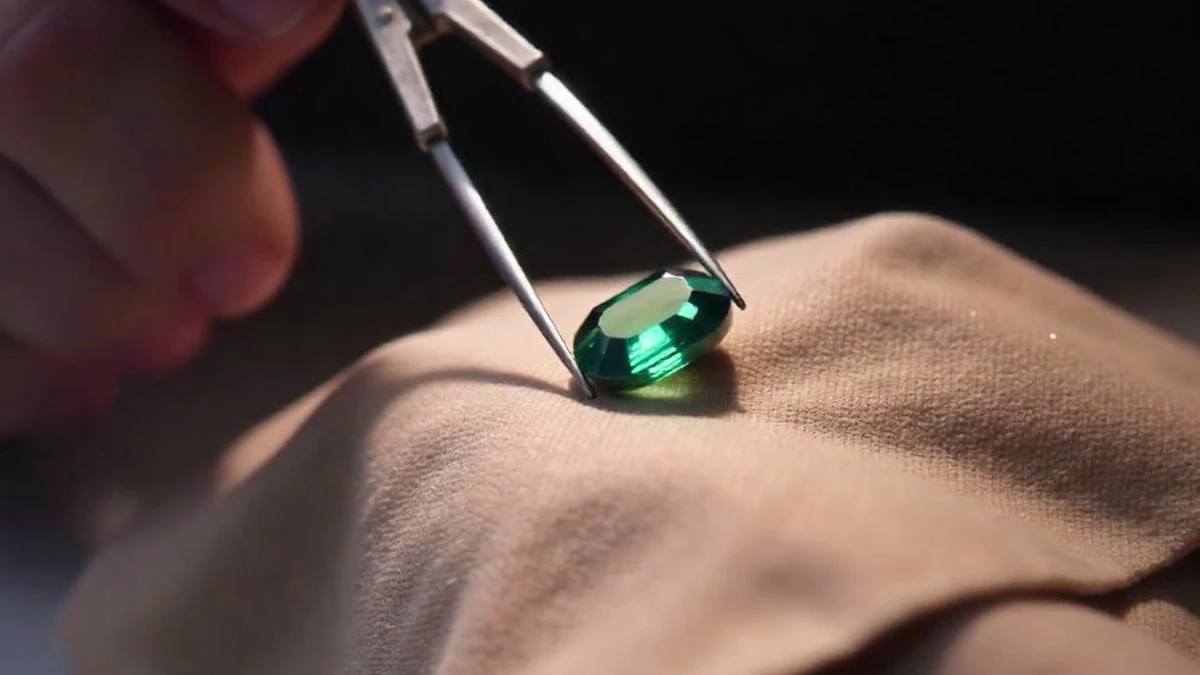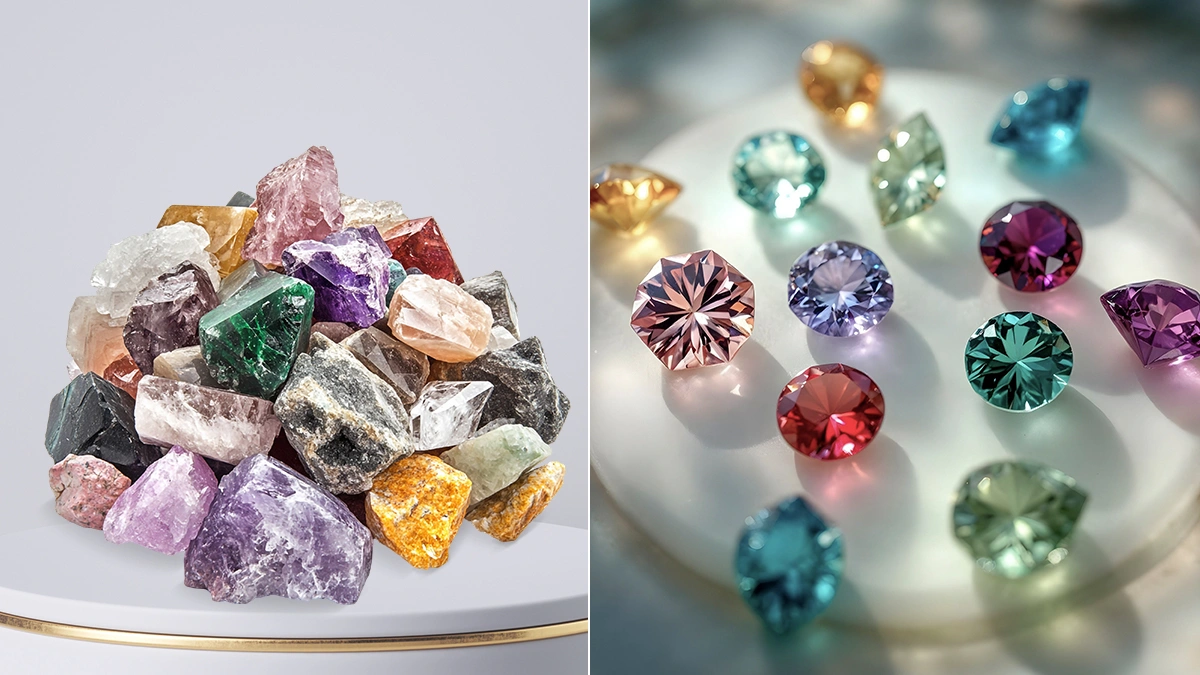For centuries people have been designing jewelry with the finest metals and gemstones. In fact, the existence of jewelry is nearly as old as mankind itself. The oldest known jewelry ever found was a beaded necklace discovered in Kenya. This antique necklace was crafted from drilled ostrich egg shells, and is estimated to be about 40,000 years old!
Mankind has continued to push its limits on style and innovation, since its creation. Necklaces are one of the earliest types of jewelry that have served a list of purposes from religious to magical and ceremonial, right from the Stone Age. The materials used in making necklaces were also different and evolved over the years. For instance, the first necklaces were made from organic materials like bones, shells, etc.
Then came the era of twisted metal. From 1800 to 1500 B.C.E, people used to make necklaces out of twisted metal strands. In this blog, we talk about some of the historical necklace trends that paved the path for creativity for designers across the world.
Here’s a list of 3 different antique necklace settings that are used even today.
Victorian Era Settings
The Victorian Era coincided with Queen Victoria’s reign; she held the throne of the United Kingdom from 1837 to 1901. During this era, the world saw major trends in fashion, art and jewelry emerge from England.
Of the most enduring legacies of the Victorian Era were the necklaces created during the period. These now antique necklaces & setting later influenced styles that apparently emerged from them. The concept of wearing gold chains as accessories became popular during this time. And 14k gold became the standard that we still use today.
A popular trademark of the Victorian necklaces were the claw-like prongs or collet settings for securing the gemstones. A collet setting is very much similar to a bezel setting; the only difference is that the collet is pressed slightly over the crown of the gemstone, typically in some sort of design in order to enhance the setting.
Riviera Settings
This antique necklace setting dates back to 17th century France, where it originated. A typical Riviera setting features multiple gemstones (of the same species) of either the same size or gradually larger than the other.
The first riviera necklace had each gemstone set in a collet setting, the designs that were made later featured prongs or claw mountings. While several gemstones are meant to be used in the necklace, it is overall meant to be kept rather short, approximately 14 to 16 inches. This antique necklace setting is quite popular in modern times, especially amongst celebrities on the red carpet.
Edwardian Era Settings
Following the death of Queen Victoria in 1901, Edward VII was declared King of England and that’s when the Edwardian era began.
This era took a shift from the ostentatious nature of the Georgian and Victorian eras. It preferred more subdued, delicate styles in fashion and jewelry. This was also the era in which jewelers began exploring platinum settings, allowing them to render pieces with even more care.
One of the most famous necklace styles that emerged during this time was the lavaliere pendant setting. They were simple, yet elegant chains which featured a suspended gemstone. This is still a popular design; however, modern designers have elevated this style to suit today’s fashion.
Choose Your Necklace
Necklaces have come a long way, and they’re here to stay for as long as the concept of adornment stays. That’s because necklaces endow a certain charm and grace that can’t be replaced with any other jewelry pieces. If reading this article has rekindled your feeling of adorning your neckline with a necklace, say no more.
GemsNY has some of the best pendants with antique necklace settings ranging from solitaire to designer. Explore our website to get inspiration from a valuable collection of necklaces, or give wings to your creativity and start fashioning your own.


